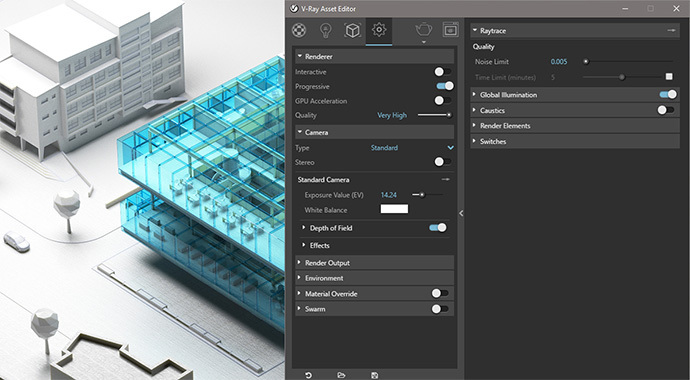No surprise, there is no cogent way to work with color in After Effects. If you have thousands of layers, in hundred of composition, across multiple edits, you are on your own. It’s no wonder people like Sander van Dijk put their own tools up for sale. Sander’s Ray Dynamic Color is arguably the only practical way to manage color in your work.
- Ray Dynamic Color 2.5.8 For After Effects 2017
- Ray Dynamic Color 2.5.8 For After Effects 10
- Ray Dynamic Color 2.5.8 For After Effects Kids
The good news is that Sander van Dijk is an After Effects master, and is asking you, the Ae using public, what kind of tutorials you want to see from him. You can request a tutorial by visiting this link.
Ray Dynamic Color 2.5.8 For After Effects 2017


Oct 17, 2019 Color can get complicated in After Effects quite quickly especially if you have a largescale project or are collaborating on a project. This is where Ray Dynamic Color can come to the rescue and effectively organize and manage how you use color in your After Effects projects. Ray Dynamic Color 2.5.8 for After Effects Currently, all the colors in your After Effect project have a fixed value, even if multiple colors in your scene have the same color value. This makes trying a different color or changing one almost impossible because you have to change each individual color.

Ray Dynamic Color 2.5.8 For After Effects 10
Recently Sander has posted a look into coloring with his Ae plugin. The tutorial covers some of the ways that you can color elements in RDC, and what the differences are between those methods.
Ray Dynamic Color 2.5.8 For After Effects Kids
Ray Dynamic Color 2 added some new user-requested features such as import and export of the standardized ASE color palette file. You can learn more about Ray Dynamic Color here.